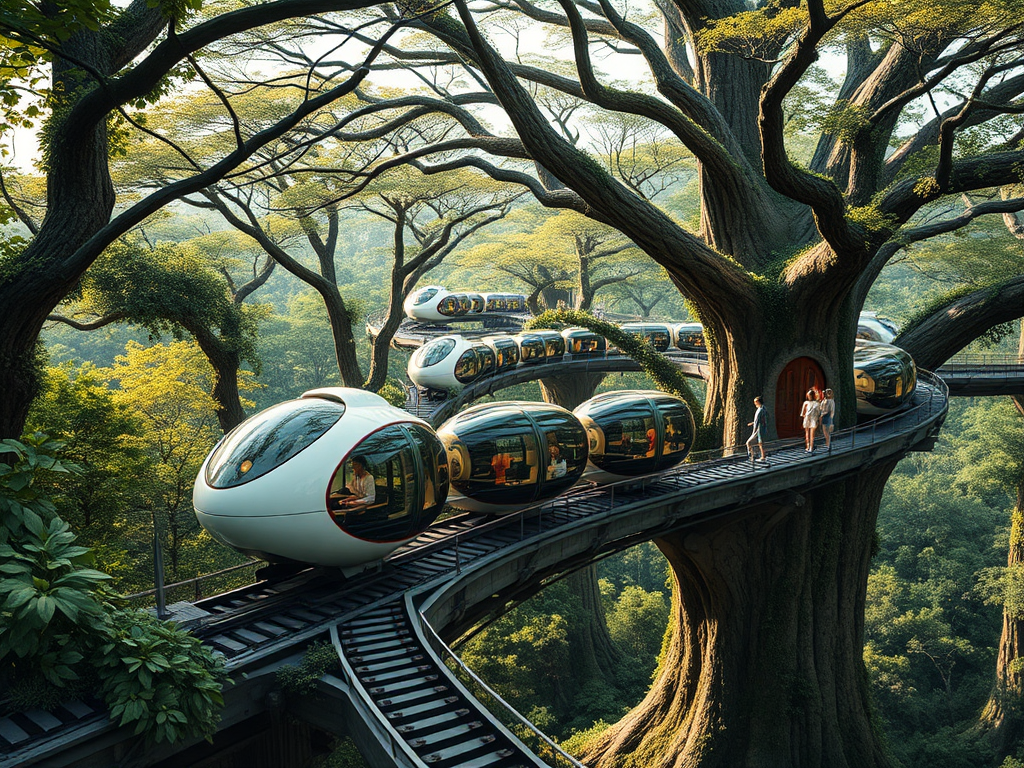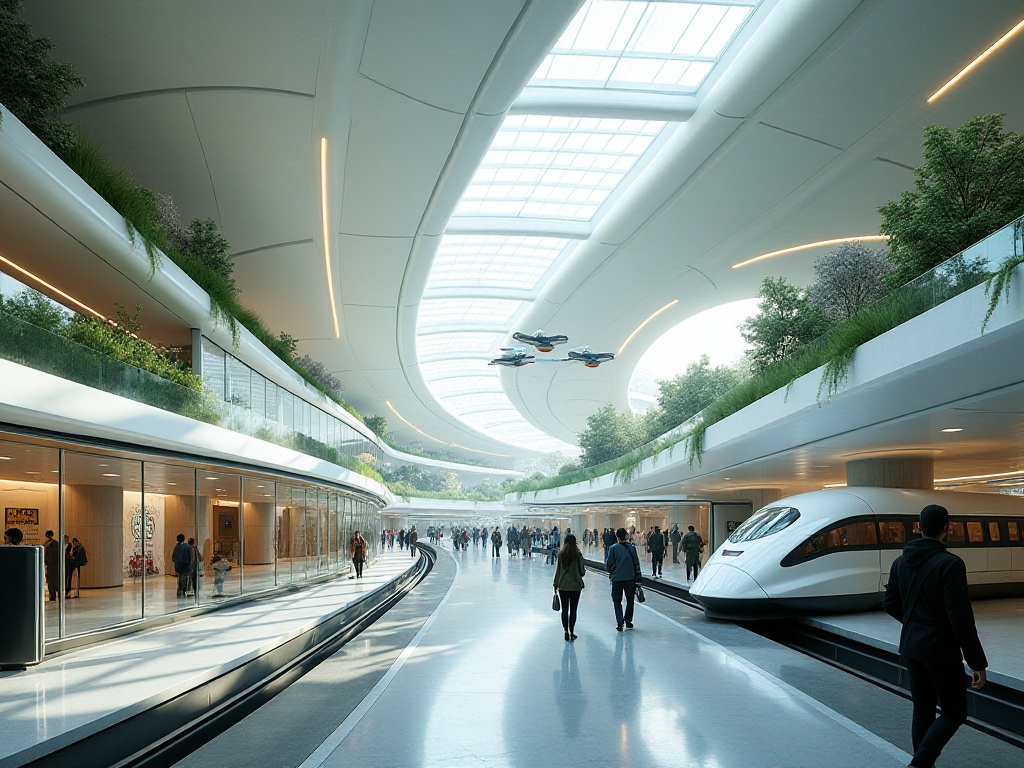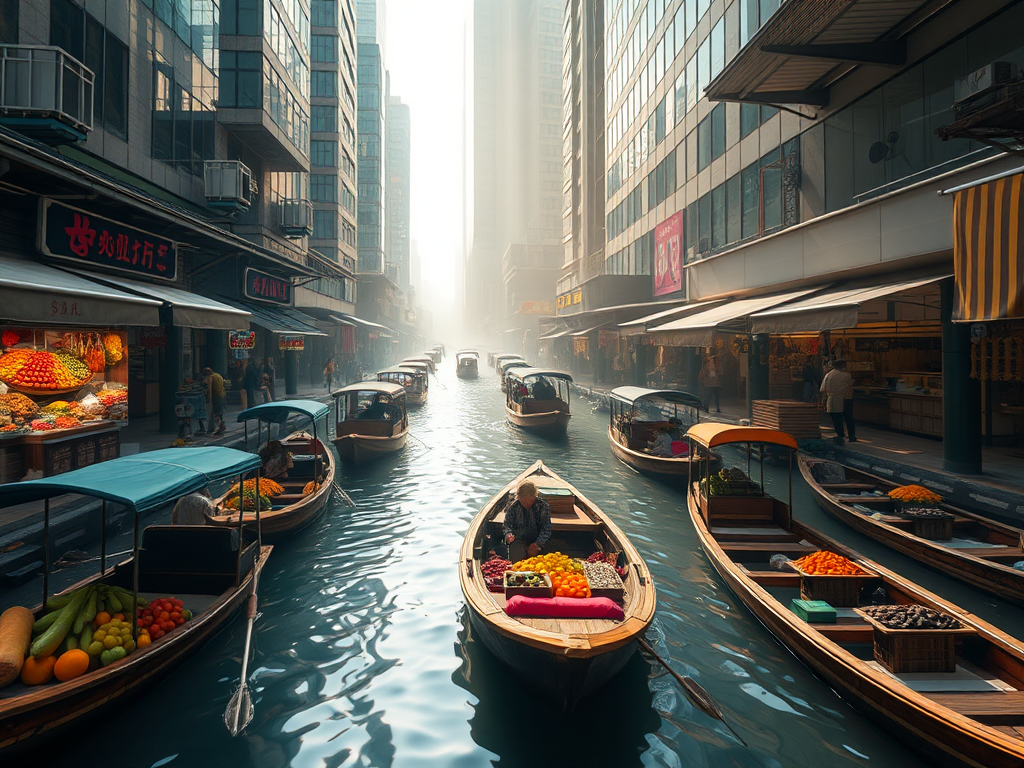Since my first solo backpacking trip, figuring out local transportation systems in unfamiliar cities has been my biggest challenge. Sometimes standing in subway stations looking at intricate route maps feels like cracking a complex code. However, after years of exploration, I've finally found some methods, and today I'd like to share how I, as an experienced traveler, navigate various transportation systems.
As a passionate travel enthusiast, I deeply understand one principle: a city's transportation system is like its blood vessels, carrying not just people but also the city's culture and soul. Every bus route and subway track tells a unique story about that city.
Honestly, studying an unfamiliar city's transportation system for the first time can be overwhelmingly complex. I'll never forget my first experience in Tokyo - when I received the transit map at Narita Airport, it felt like reading hieroglyphics. The dense route map with intertwining colored lines resembled a plate of tangled colorful noodles.
Later I discovered that with the right approach, any city's transportation system can be "decoded." Like playing a game, you need to understand the entire map first, then unlock it layer by layer. The bottom layer is the bus system reaching every corner of the city, like capillaries; the middle layer is the efficient subway system, like main arteries; the top layer consists of unique transportation modes that often become the city's most distinctive features.
Each city has its own unique transportation symbols. For instance, San Francisco brings to mind those climbing vintage cable cars. These seemingly antiquated vehicles carry not just tourists but the city's historical memories. I'll never forget my first cable car ride in San Francisco, overlooking the entire city and feeling the sea breeze - an unforgettable experience.
Venice's water buses are particularly unique. In this water city, traditional buses and subways give way to various water transportation. I once spent an entire day just riding water buses, watching ancient buildings slowly pass by on both shores, experiencing the city's unique waterfront life. The sunlit golden waves, passing gondolas, and bustling markets along the shore create Venice's most enchanting scenery.
Speaking of vintage transportation, Hong Kong's "ding ding" trams definitely rank among the top. Though not fast, these double-decker trams preserve authentic Hong Kong flavor. I especially love sitting by the window on the upper deck, watching storefront signs pass by one after another, absorbing the strong Hong Kong atmosphere. The neon signs, tea houses, and old shops all tell stories of this city.
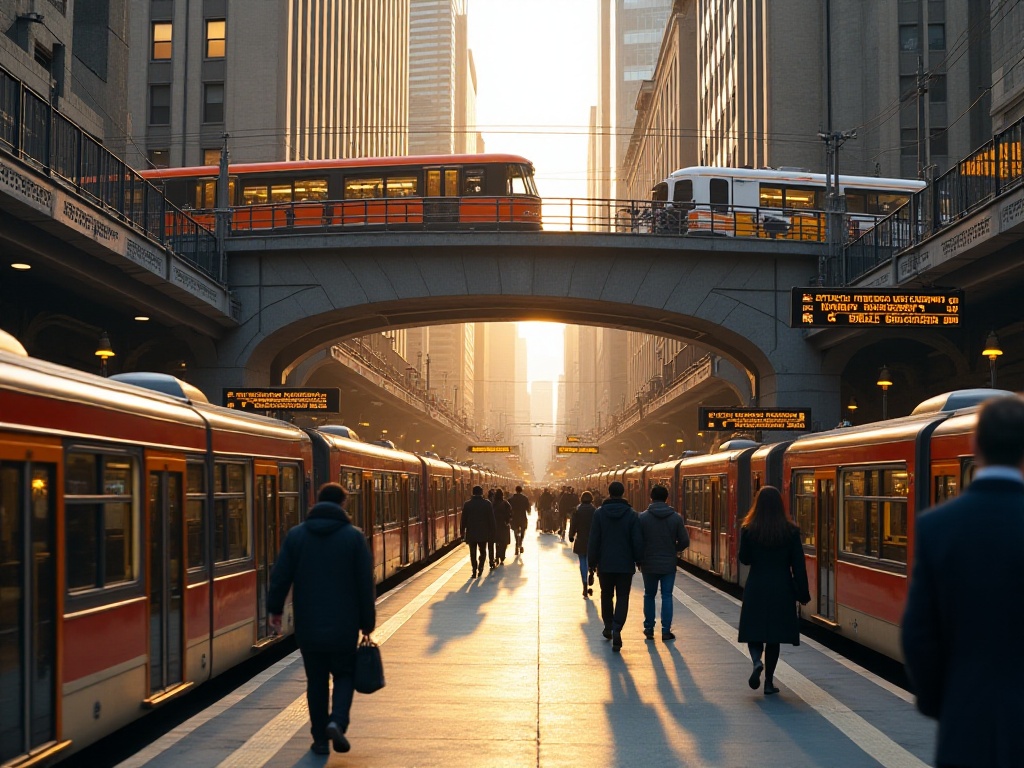
Regarding ground transportation, the bus system is definitely the most accessible and down-to-earth option. Many might think buses are too slow and time-consuming, but I find that's exactly their charm. Sitting on a bus, you can truly feel a city's pulse.
I remember dedicating one day to just riding buses during my Seoul trip. That experience gave me a completely different understanding of Seoul. Near Hongdae, I discovered a vintage record store hidden in an alley; in Itaewon, I stumbled upon a restaurant with exotic flavors; in Insadong, I met a friendly elderly lady who not only recommended authentic local food but also took me to a unique traditional teahouse. These discoveries weren't in any travel guide but became my most precious travel memories.
Buses serve as mobile observation platforms for the city. You can see early-morning commuters rushing to work, students chatting with their backpacks, elderly people leisurely heading to parks for morning exercise. These ordinary daily scenes reveal a city's most authentic self.
Trams are another unique presence. In cities that have preserved their tram systems, these vehicles often become an important part of urban culture. When I was in Portland, I particularly enjoyed riding their trams. You often meet interesting locals in the carriages who love chatting with tourists.
Once, I met an elderly gentleman who had lived in Portland for decades. He told me about the city's transformation from an early logging town to today's artistic youth hub. He said that while the city keeps developing, the trams maintain their original appearance, like witnesses to time. Through his stories, I seemed to see the city's past, present, and future.
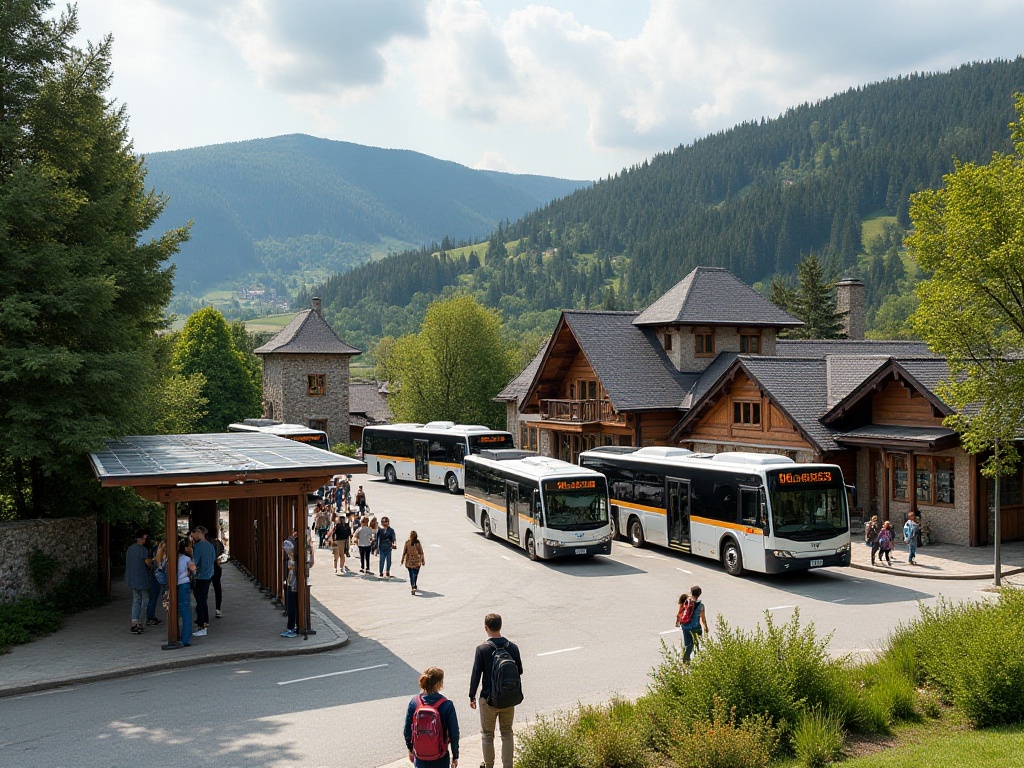
Speaking of urban transportation's main force, the subway system undoubtedly takes the crown. It's like the city's underground arteries, transporting millions of people daily. Different cities' subway systems have their own characteristics, some focusing on efficiency, others on artistry.
Moscow's metro left the deepest impression on me. The first time I walked into a Moscow metro station, I was absolutely stunned. Each platform is like a carefully designed underground art palace, with marble walls, luxurious chandeliers, exquisite sculptures and murals, radiating artistic charm everywhere. Especially at the Kiev station, those mosaic murals depicting historical scenes make you feel like you're visiting a museum rather than waiting for a train.
But speaking of subways, we can't ignore the crowding during peak hours. Tokyo's morning rush hour is truly a test of physical and mental endurance. I once accidentally caught the morning rush hour, standing on the platform looking at the packed carriages, feeling like I was participating in some extreme sport. Though, experiencing Tokyo subway's "sardine can" situation could be considered a special travel experience.
Light rail systems are a unique presence in urban transportation systems. Combining subway efficiency with tram scenery, they often bring unexpected surprises. Chongqing's light rail is a good example. Its scenes of passing through buildings seem straight out of a sci-fi movie. I deliberately took a round trip on the light rail, watching the train pass through residential buildings - the feeling was both stunning and surreal.
Singapore's light rail offers a highly futuristic experience. It's like a silver dragon weaving through modern building clusters. Especially in the evening, when city lights gradually come on, sitting on the light rail overlooking the entire city creates a truly beautiful experience.
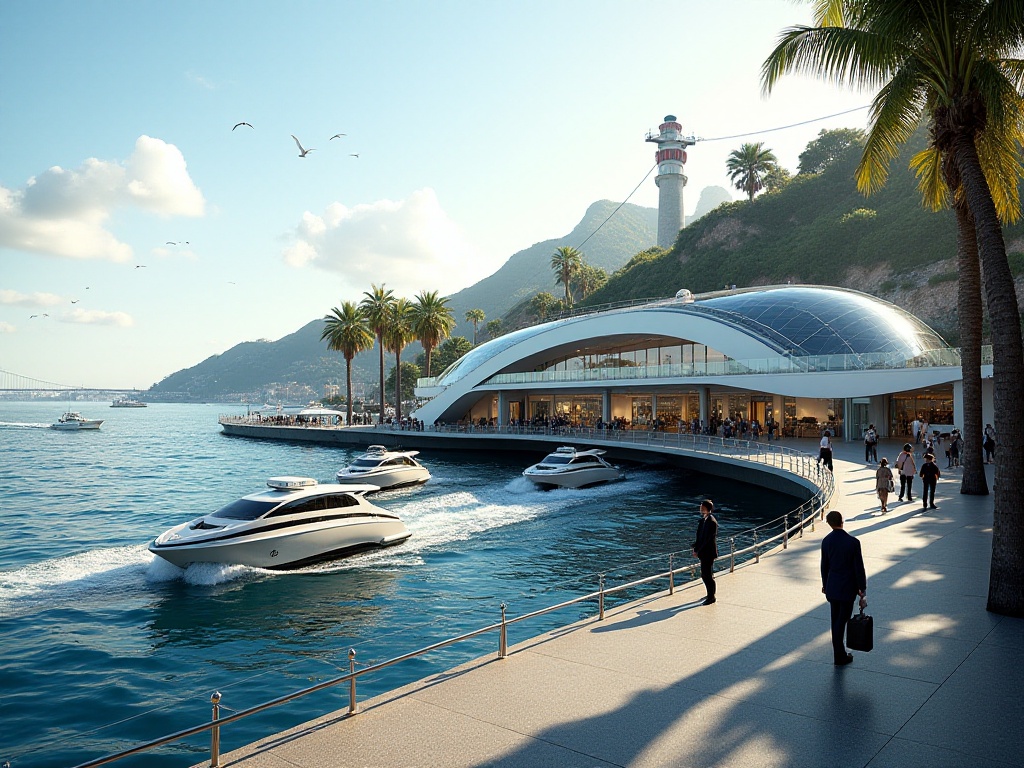
Every city has its unique transportation methods that often become the city's most special symbols. Hong Kong's Star Ferry is a good example. These ferries crossing Victoria Harbour have become one of Hong Kong's most representative forms of transportation.
I remember once specifically choosing to ride the Star Ferry at dusk. As the boat slowly left the pier, the sunset's rays scattered across the water surface, bathing all of Victoria Harbour in golden light. As darkness fell, neon lights on both shores gradually lit up, seemingly illuminating the entire harbor. Standing on deck, facing the sea breeze, watching the city's most beautiful skyline - that moment's emotion is unforgettable.
Istanbul's ferries offer a completely different experience. Here, ferries aren't just transportation but bridges connecting Europe and Asia. Sitting on the ferry, with exotic Europe on one side and mysterious ancient Asia on the other, the feeling of crossing two continents is truly special.
The onboard experience is also unique. Locals like to drink strong Turkish tea while feeding seagulls circling the boat. I often buy bread to feed seagulls with locals. Watching these agile creatures flip through the air chasing bread crumbs is particularly entertaining. Especially on clear days, when sunlight shines on the Bosphorus's blue waves and seagulls soar in the sunlight, such scenes always lift one's spirits.
To truly master a city's transportation system, courage alone isn't enough - you need practical tools and techniques. First, I strongly recommend downloading several useful navigation apps before departure. While Google Maps is many people's first choice, many cities have their own local transportation apps that often provide more accurate and comprehensive information.
For instance, in Japan, besides common navigation software, I also download specialized railway apps. These apps not only show train schedules accurate to the minute but also display delay information in real-time and even tell you which carriages are less crowded. In Seoul, local transportation apps show real-time bus locations, allowing you to plan travel times precisely.
Although technology is very advanced now, I still suggest getting a paper transit map from local tourist information centers. This isn't about nostalgia, but because paper maps give you a more intuitive understanding of the entire city's transportation network. Whenever I arrive in a new city, my first task is finding the tourist information center to get a transit map. Then I'll find a café, order coffee, and slowly study the city's transportation arteries.
This process might seem old-fashioned but is very useful. By studying paper maps, you can better understand the relationships between different transit routes, learn major attraction distributions, and even discover interesting places. Plus, when your phone dies or has poor signal, a paper map can often save the day.

Each city is like a unique book, and its transportation system is the table of contents. By studying and experiencing a city's transportation system, you can not only reach destinations more conveniently but also deeply understand the city's character and soul.
I've always believed that true travel isn't just about reaching destinations, but more importantly about experiences and feelings along the way. Sometimes, an ordinary bus ride might bring unexpected gains; a chance subway encounter might give you a completely new understanding of the city; a ferry journey might show you the city's most beautiful side.
So next time you're sitting on a city bus, try slowing down and savoring the scenery outside the window. Perhaps you'll discover new charms of the city and collect unforgettable travel memories. After all, isn't the meaning of travel about discovery and experience? Let's unlock more city transportation codes together and discover more fascinating stories.
 Previous
Previous
